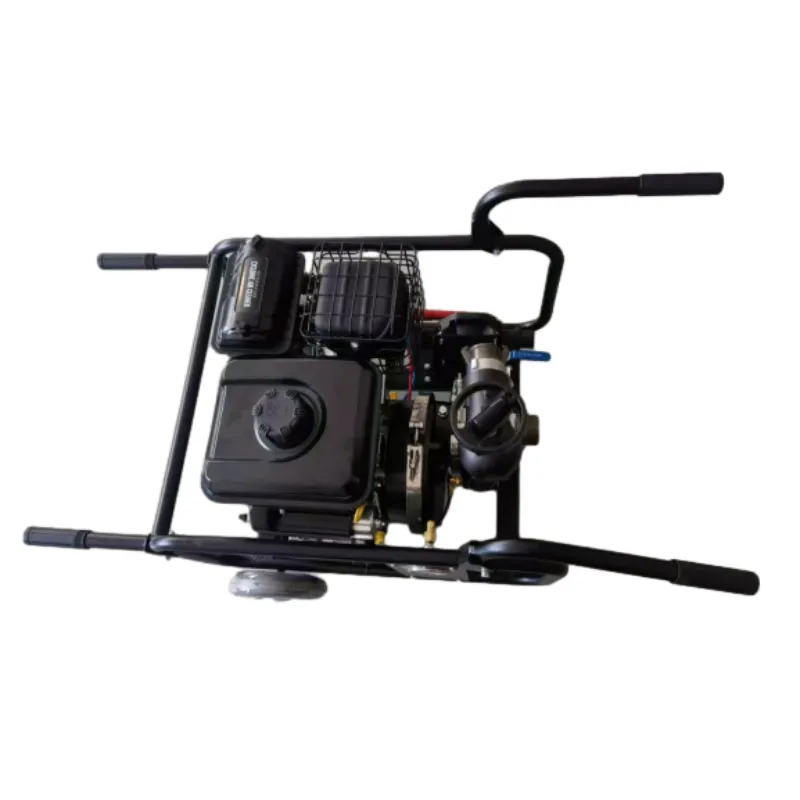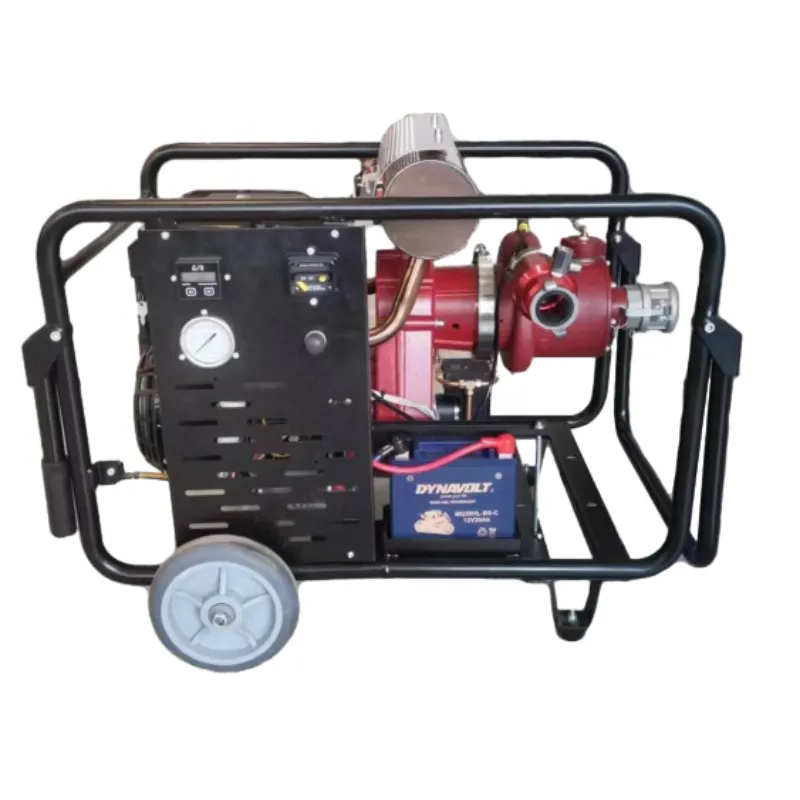

Recognizing the demands of challenging environments, the importance of material durability cannot be overstated. Each tool undergoes rigorous testing for tensile strength and resilience to ensure reliability under extreme conditions. High-carbon steel, renowned for both its rigidity and edge retention, forms the primary material for blades and heads, while modern composites are employed in tool handles to balance strength and weight. The expertise harnessed in the development and refinement of each hand tool is largely informed by the feedback loop from on-ground users whose experiences provide the empirical backbone for innovation. This dynamic interaction between product design and practitioner use fuels the steady elevation of tool standards. Finally, the role of professional training in optimizing the use of wildland hand tools cannot be dismissed. Proper handling techniques not only maximize efficiency but minimize potential harm. Many firefighting academies now integrate advanced, evidence-based tool usage protocols into their curriculums, cementing the authoritative knowledge foundation required for effective wildland hand tool operation. Collectively, wildland hand tools embody a synthesis of historical reliability, innovative improvement, and professional trust. Their constant evolution and indispensable utility testify to their rightful place in the sustained management of wildland environments.





























